Yezoshika
Yezo sika deer
Hokkaido, Japan
The Yezo sika deer (Cervus nippon yesoensis) is one of the many subspecies of the sika deer found on the island of Hokkaido and they are currently recognized as being overabundant. Sika deer are natives of Eastern Asia and Japan, and have also been introduced to other regions of the world, including Europe, North America, Australia, New Zealand and Philippines. They are mainly a forest-dwelling deer and they prefer forested areas that have a dense understory. The sika that inhabit the island of Hokkaido are indigenous, although it is not known whether they originated there or migrated from the main island of Japan. It is thought they may have traveled across the strait between the islands. Genetic study has shown that the separation of the sika population occurred less than half a million years ago. It is possible that northern sika deer may be more closely related to yezo sika deer than to other sika deer. The indigenous Ainu people of Hokkaido have hunted them for centuries and relied on them as a major food source. A similar tale to that of the Red Indians of the Americas, read about the Ainu here & here.
The Sika is characterised for its tenacious, aggressive and cunning behavior and displaces other ungulates wherever it occurs. It is one of the most vocal deer and capable of making as many as 10 different calls. Sika will always investigate cautiously if a hunter imitates their call. This is a great advantage to the skillful hunter who is patient enough to allow them to search for the intruder. Sika deer are territorial and a master stag generally commands a five-acre territory and will defend it with vigor. The ancestor of all Cervus species probably originated in central Asia and resembled sika deer.
The strange wailing calls of the Sika Deer.
Geographical distribution of the sika deer in Japan, along with its latitudinal variation in diet. The dotted areas of the left map are sika deer habitats. The solid lines represent the boundary between the two phylogenetic lineages: the northern lineage inhabits the area from Hokkaido to the central Honshu, whereas the southern lineage inhabits the southwestern part of Honshu, Kyushu, and the islets surrounding Kyushu. A possible hybridization area is located in central-western parts of Honshu and Shikoku. The scatter plot on the right shows latitudinal variation in the diet (modified from Takatsuki 2009). The x-axis represents the percentage of graminoids in the diet determined using quantitative dietary analyses of rumen contents or feces.
Source article: Intraspecific evolution within an ecologically diverse species can be used to examine evolutionary trends observed in ruminant morphology: A review of case studies of the Japanese sika deer by Mugino Ozaki Kubo, Department of Natural Environmental Studies, The University of Tokyo.
The Hokkaido sika one is the largest of the sika species with large stags approaching and sometimes exceeding 200 kg in the fall. They also sport the largest antlers with lengths often over 35 inches with the longest recorded specimen being 44 inches.
Primarily crepuscular or nocturnal, sika deer sometimes forage during the day, either singly or in small groups. In addition, these deer are not especially gregarious. Adult males remain solitary most of the year though they sometimes group together, while females with their fawns form groups of 2 or 3 only during the birthing season. Males mark their territorial boundaries by digging holes using their forefeet and antlers. When territorial disputes between males occur, hooves and antlers are used as the main weapons. Sika deer are excellent swimmers and will readily enter the water in order to escape from predators or for other reasons.
The main threats to Sika deer include water pollution, habitat loss, and hunting for their meat, as well as their antler velvet, which has a use in traditional medicines. Loss of genetic diversity due to fragmentation of their habitat is also a cause for concern, as well as competition with goats and other feral animals. Another threat is collisions with vehicles. Hybridization with native red deer in places like the United Kingdom is a conservation risk, threatening the genetic integrity of both species.
Japan has the largest Sika deer population in the world with 3,080,000 individuals as of 2015 estimation by Japanese Ministry of the Environment. It is still increasing due to conservation efforts and the extinction of its main predator, the Grey wolf, over a century ago. There are also relatively small native populations in Russia (8,500-9,000 individuals) and China (less than 1,000 individuals). The abundance of these deer on the island of Hokkaido is leading to ecological damage as they strip the bark from the trees during grazing. The damage to the trees. Diets varied seasonally, with deer consuming graminoids and browse in winter, forbs and agricultural crops in spring and summer and all of these plant foods in autumn.
These Sika were photographed on the the Notsuke Peninsula late in the evening as the light faded.
The Notsuke Peninsula
On Japan's northernmost major island - the Hokkaido Prefecture, stretching out into the sea on the island's east coast is the Notsuke Peninsula. It is 26 kilometers long, but just 20 meters wide at its narrowest point. Made from sand carried on the ocean currents, its shape is gradually changing. Here lies a paradise for both birds and wild animals. When the wind is just right, fishermen can take countless riches from the sea. During the winter, the temperature remains below 0 for months on end. Everything is frozen by the snow and icy winds. Over the years, people have continued to live here, despite the harsh conditions. This is the story of a peninsula surrounded by snow and ice.
During the winter, temperatures may fall to minus 20 degrees Celsius for four months in a row. Some of the town's fishermen wait for the blizzard to subside before heading out onto the frozen sea to fish. They first cut open a hole in the 20-centimeter thick ice, and then, set a net in the water. Sometimes, a single night's catch is as much as one ton of fish. Even when frozen, the Notsuke Sea is a rich fishing ground. In the Notsuke Bay, there are a number of deep areas fish commonly pass through. The key to a successful fishing is to find these areas through a combination of knowledge and instinct.
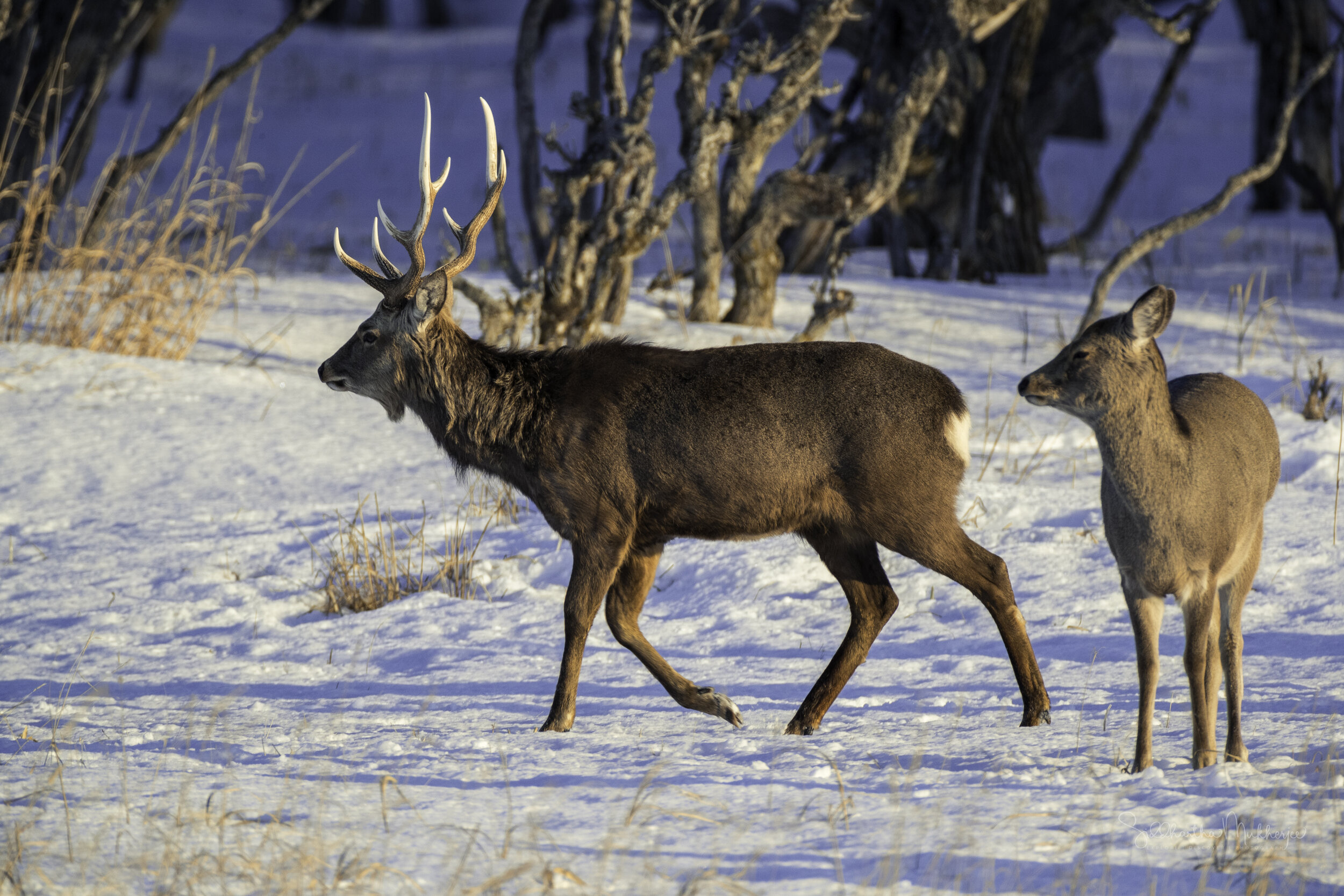
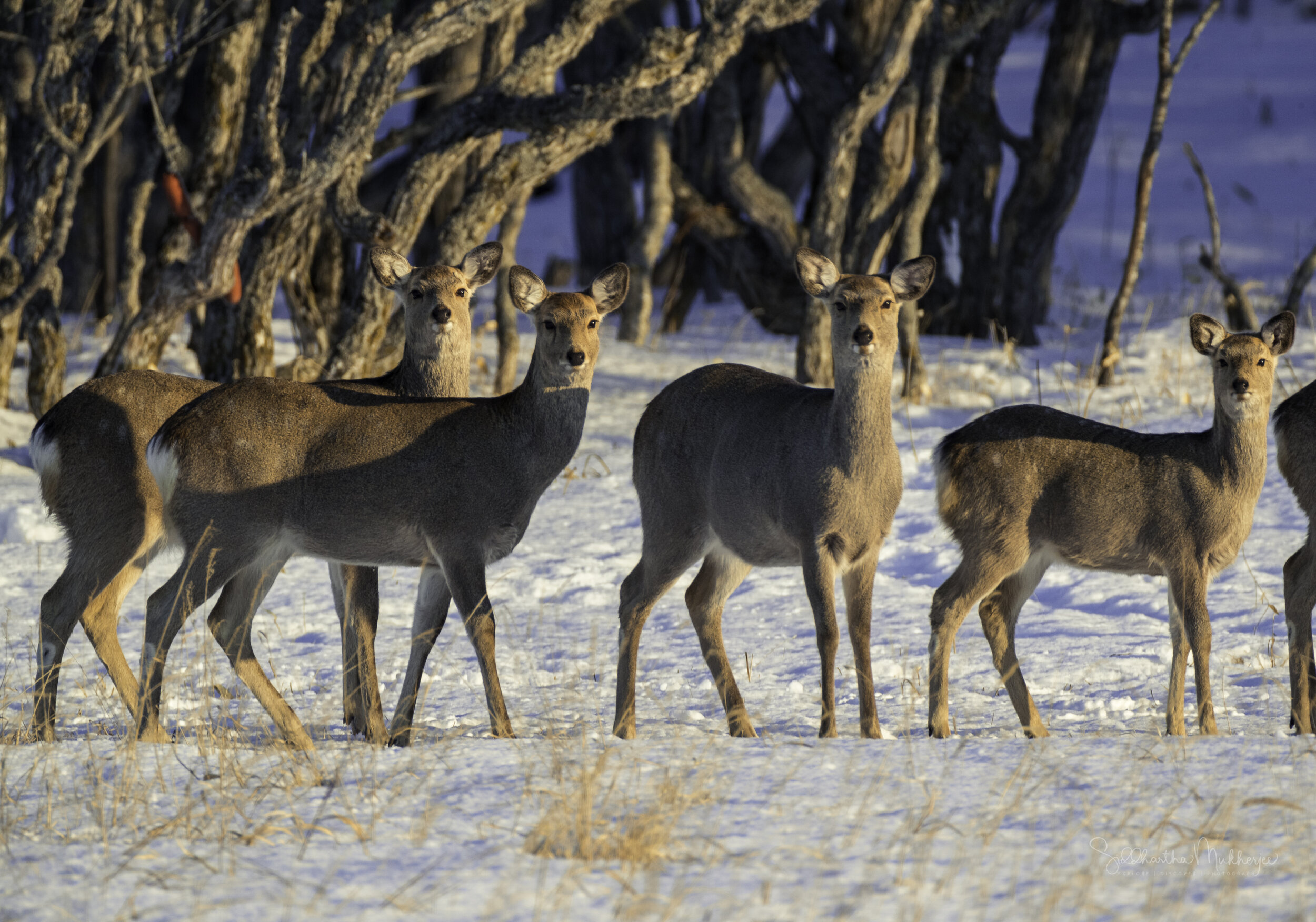
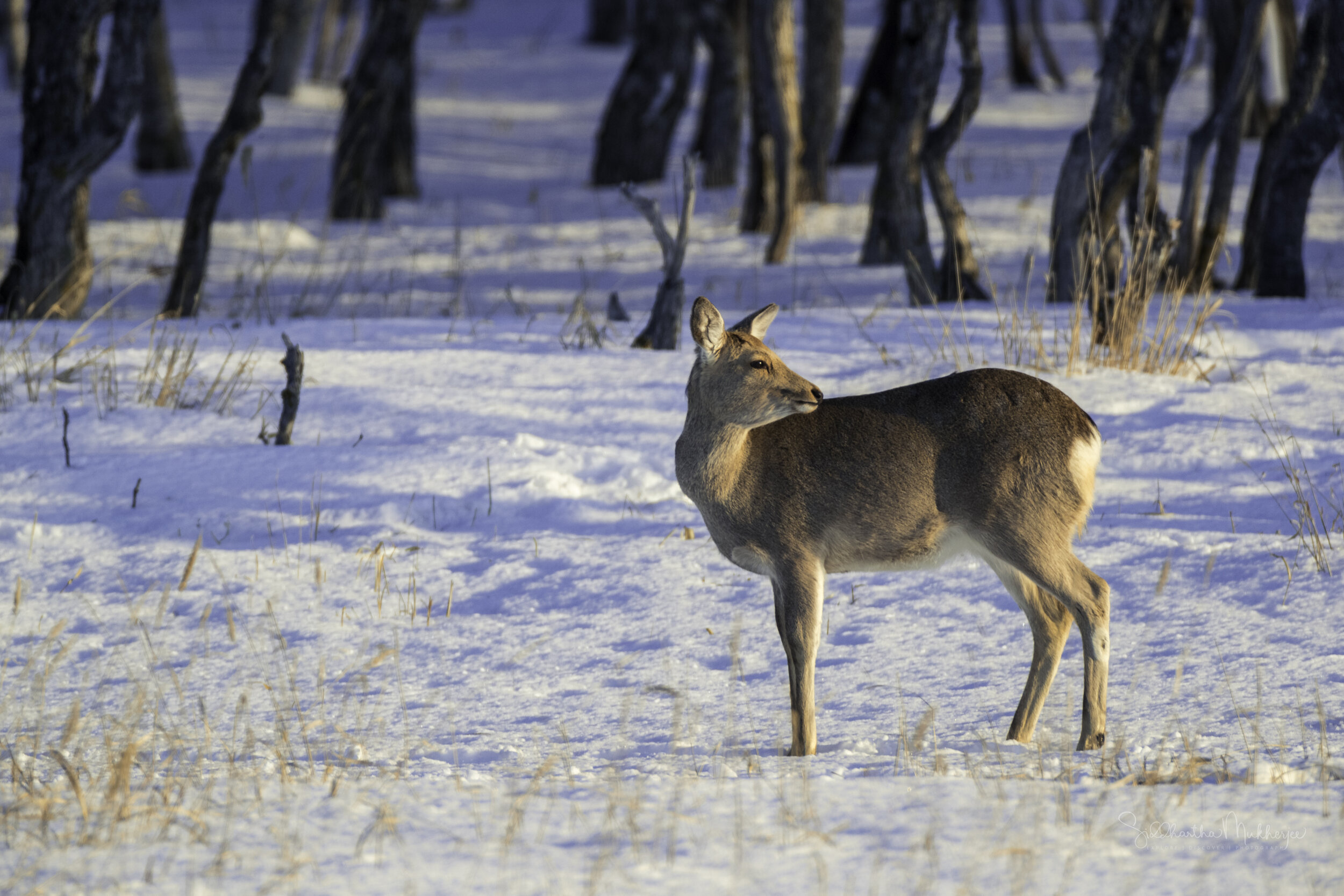
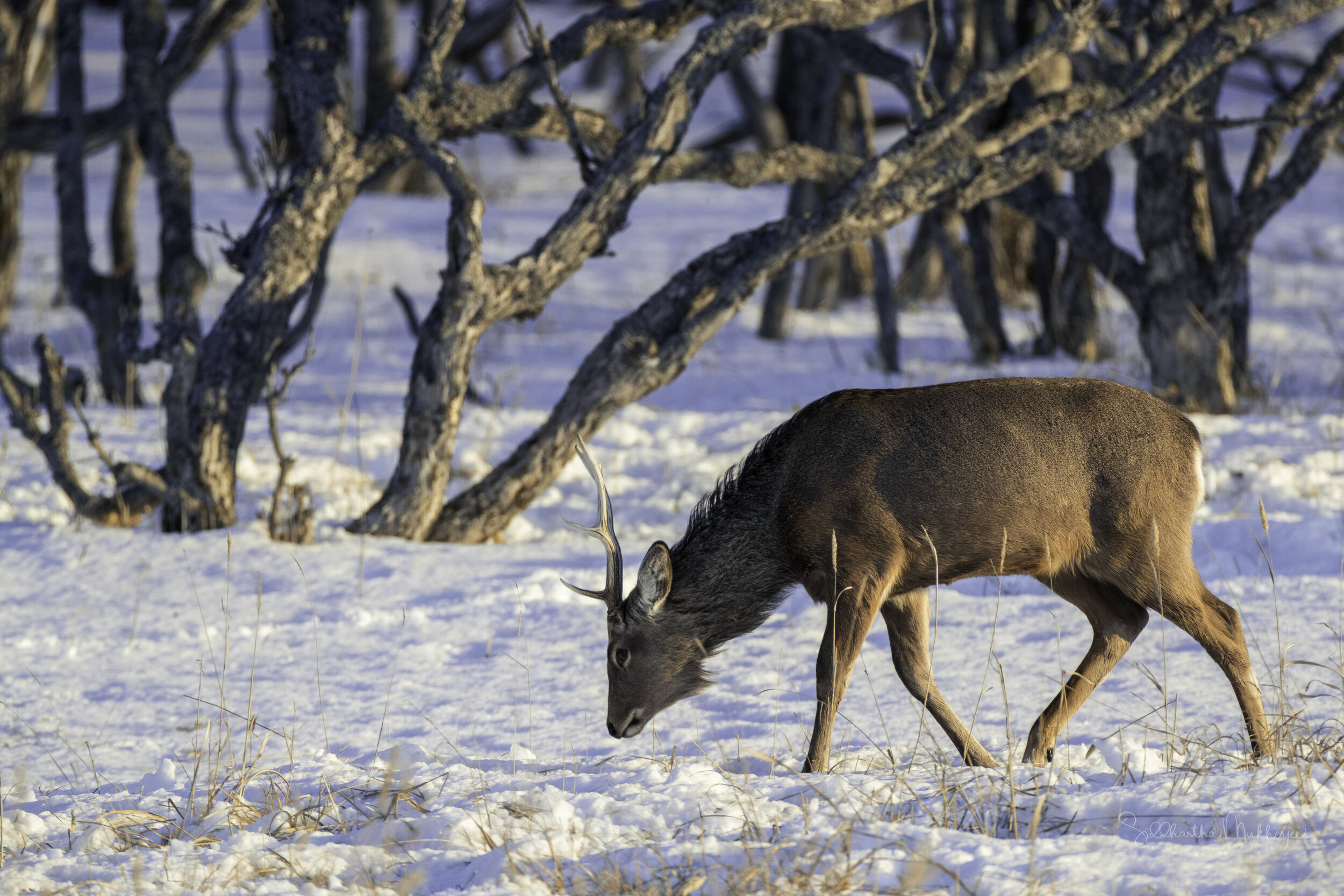

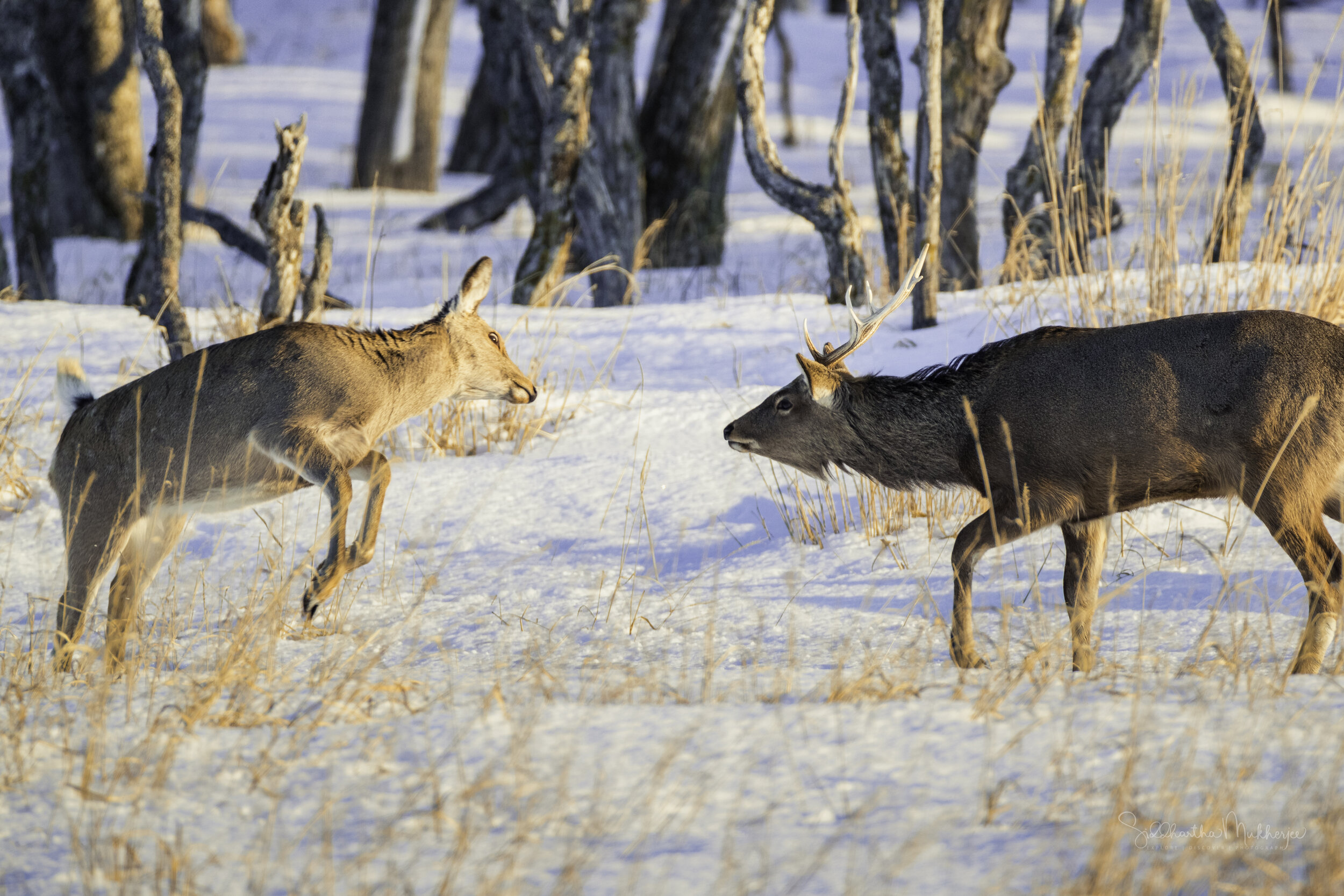
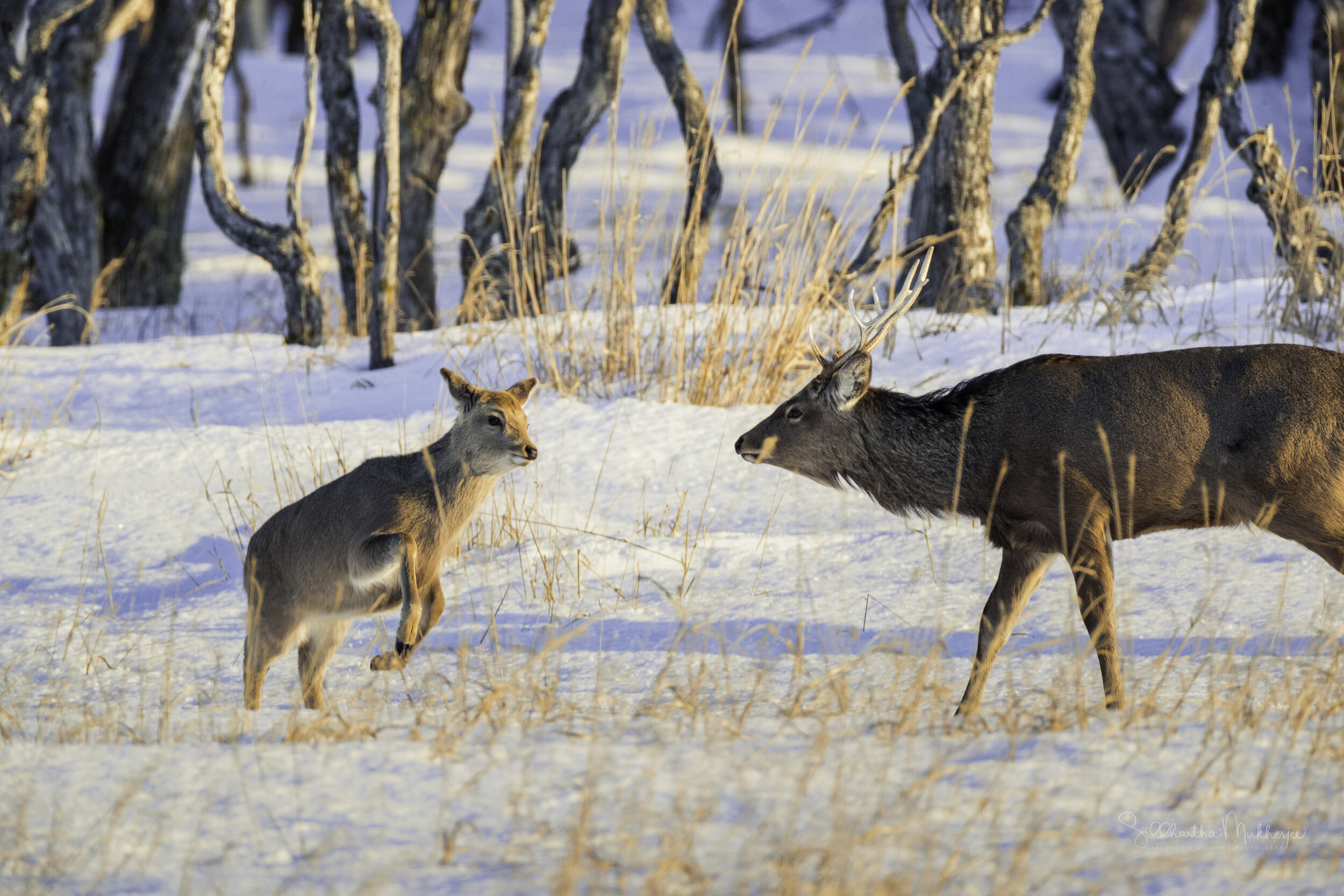
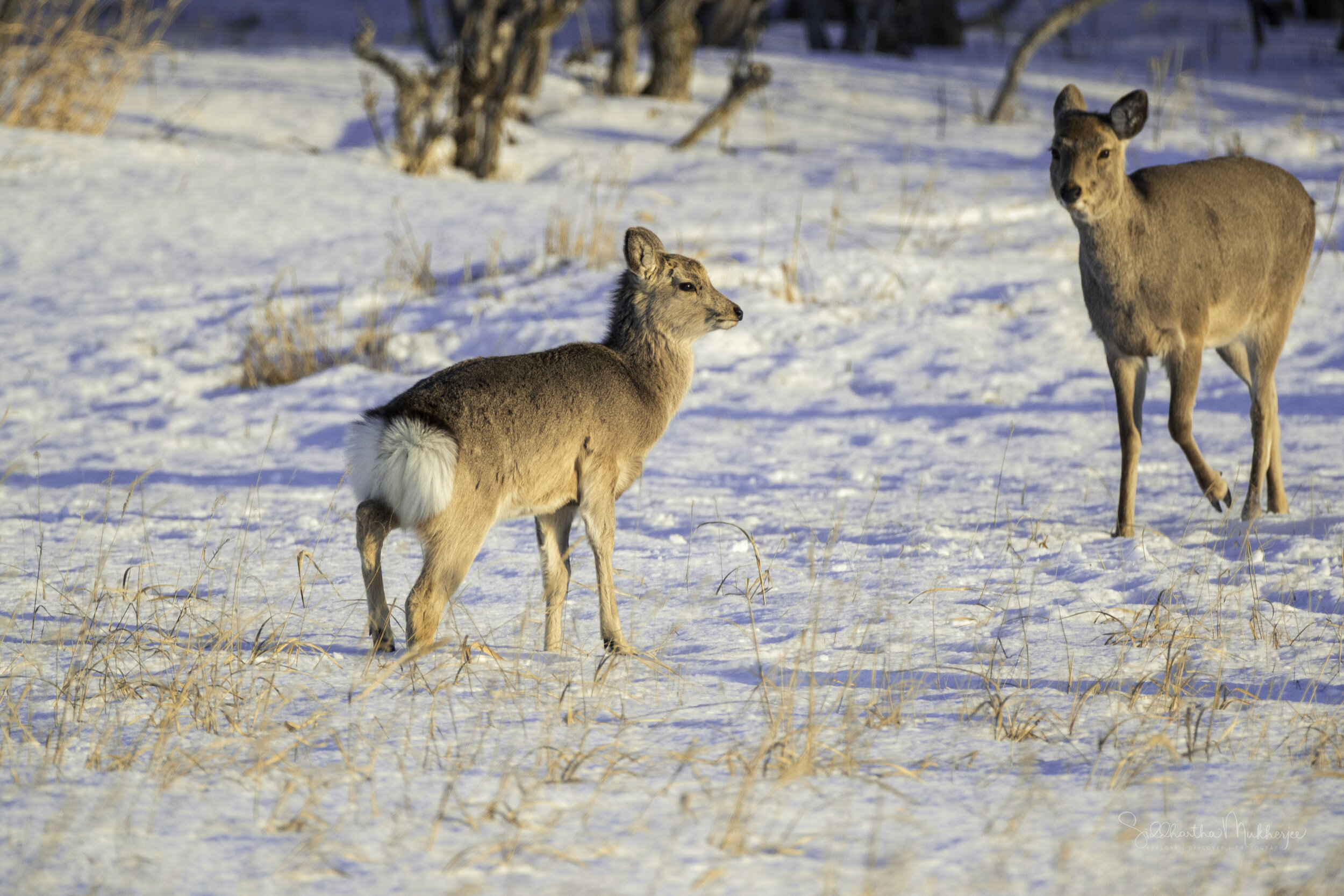
A mobile panorama looking back at the main island of Hokkaido
A mobile panorama while walking back to the little strip of land on the peninsula after photographing the Ezo Red Fox.






Related Posts















